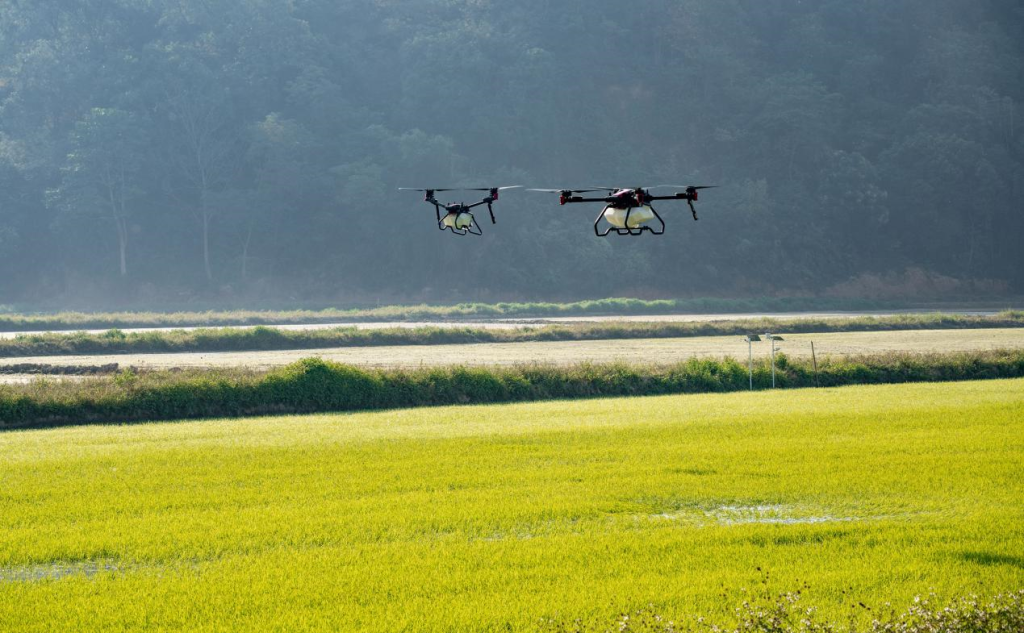In the endless farmland, an intelligent wheeled agricultural machine patrols the field autonomously, monitoring the growth status of crops in real-time; Late at night, an agricultural robot equipped with six cameras tirelessly “scans” tomatoes in the greenhouse; In the factory building, an intelligent sorting robot is quickly sorting potatoes at a speed of 10 to 20 per second… This is part of the application scenario of intelligent agricultural machinery that the reporter saw recently at the renowned agricultural university and research center of Wageningen in the Netherlands.
The Netherlands is one of the countries with the lowest per capita arable land in the world, but it is an important exporter of agricultural products. According to official data from the Netherlands, the export volume of agricultural products in the Netherlands reached a historic high of over 100 billion euros in 2021, achieving a net income of 46.1 billion euros. The Netherlands, with its small land area, has been able to join the ranks of the world’s agricultural powers thanks to its long-term emphasis on agricultural technology research and development, as well as close cooperation between industry, academia and research. The research and development of agricultural robots in the country is at a world-class level.
Eric Pekerrit, project manager of agricultural food robot at Wageningen University and Research Center, told Xinhua News Agency that many countries are facing labor shortage due to the aging population, and the Netherlands is no exception. For the Netherlands, only by vigorously developing smart agriculture and widely using intelligent agricultural machinery such as robots can we make up for the shortage of future labor force.
He introduced that agricultural robots, as highly intelligent automation equipment, not only play a role in reducing labor demand and improving labor efficiency, but also in reducing the use of pesticides, fertilizers, water, and protecting soil. They are of great significance for the development of green circular agriculture and the protection of biodiversity.
In the laboratory, agricultural robot expert Tony Tillen demonstrated to reporters how robots pick gerberas while introducing the design concept of this robot. He said that human hands usually use pulling when picking long stemmed flowers such as gerberas, while picking robots use a fixture with scissors to clamp and cut the stems, ensuring their integrity. Equipped with advanced computer vision and laser system, the robot can accurately judge the stalk position and accurately “cut”.
Dr. Liu Zhen from Wageningen University and Research Center told reporters that Dutch agricultural enterprises attach great importance to research and development work. Some enterprises invest 15% to 30% of their income in research and development, and cooperation between enterprises and universities in research and development is even more common. Currently, many robot research and development projects come from the business community as partners. The Dutch government encourages domestic and foreign enterprises to participate in agricultural research projects through public-private partnerships and other modes, and provides corresponding policy and financial support to encourage collaborative innovation in the industrial chain.


没有reply内容